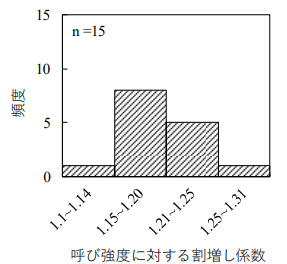2024-02-13 マサチューセッツ大学アマースト校

<関連情報>
- https://www.umass.edu/news/article/road-features-predict-crash-sites-identified-new-machine-learning-model
- https://journals.sagepub.com/doi/10.1177/03611981231217497
道路標識を使用して衝突危険性の高い場所を予測するための特徴エンジニアリングとデシジョン ツリー Feature Engineering and Decision Trees for Predicting High Crash-Risk Locations Using Roadway Indicators
Dimitrios Sarigiannis, Maria Atzemi, […], and Simos Gerasimidis
Transportation Research Record Published:January 7, 2024
DOI:https://doi.org/10.1177/03611981231217497
Abstract
Road crashes are a prevalent public health issue across the globe. The objective of this research was to develop a methodology for accurately classifying high-risk crash locations. The hypothesis of this study was that readily obtained roadway indicators can be used along with machine learning techniques to categorize locations as high crash-risk. A database containing 5,383 locations was created during 2012 to 2015 as part of the Hellenic National Road Safety Project and used to develop three binary machine learning models to classify high crash-risk locations based on roadway indicators. The three models were random forest, gradient boosting, and extra trees. This research used features engineering to reduce the number of indicators in the model, and the synthetic minority oversampling technique to address imbalances in the dataset between the minority (high crash-risk locations identified using crash reports) and majority classes (medium to low crash-risk locations identified based on local police testimonies, site inspections, and geometry analysis). Although all three models performed similarly, the extra trees model outperformed the other two on a range of performance metrics, including the area under the precision–recall curve and the F1-score. The findings revealed that design speeds, pavement markings, signage presence, and pavement condition were the most influential factors affecting roadway safety. The contribution of this research is in the development of a transferable methodology for classifying high crash-risk locations in addition to revealing key indicators for crash-risk potential, which in turn can inform cost-effective data collection and maintenance activities.



